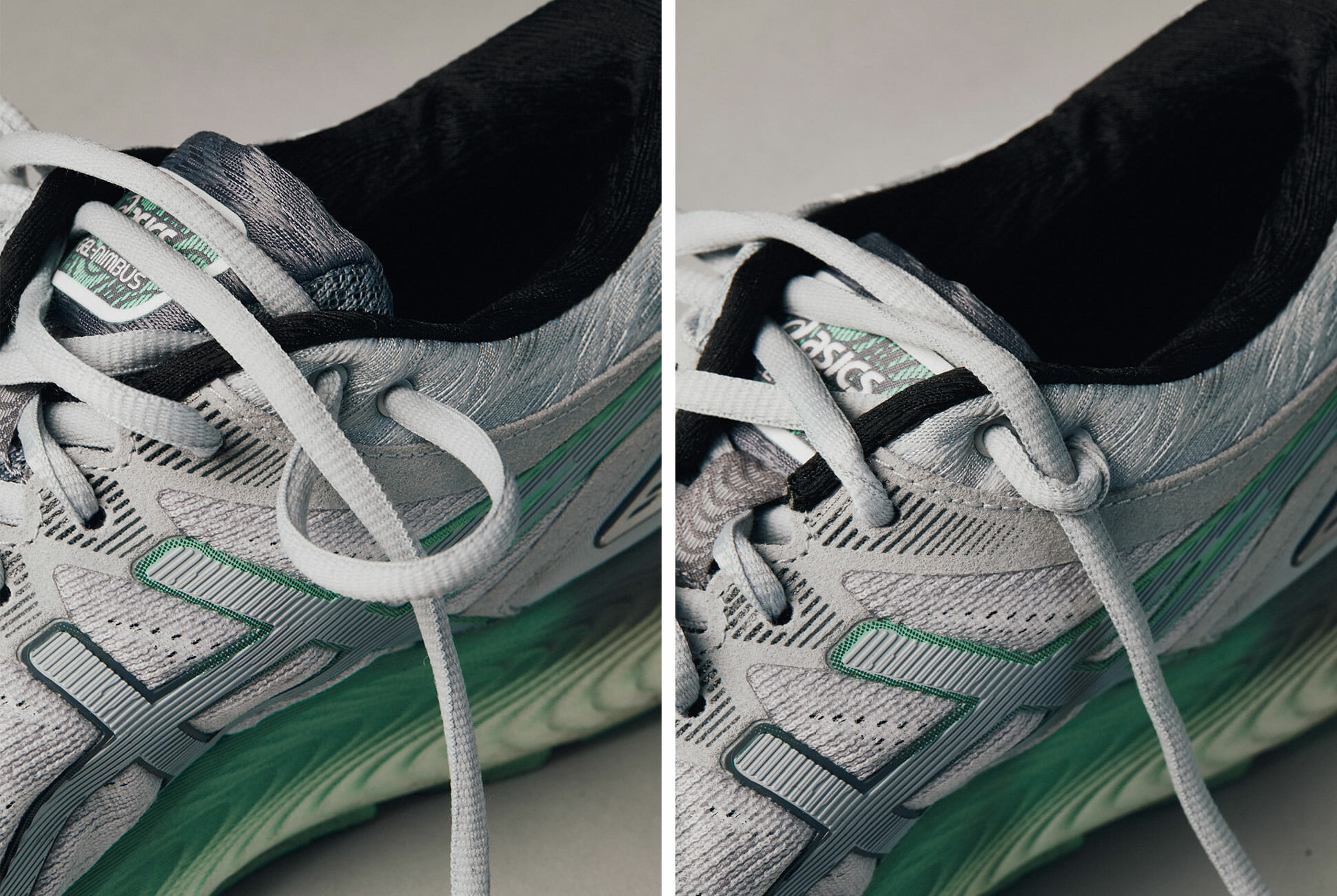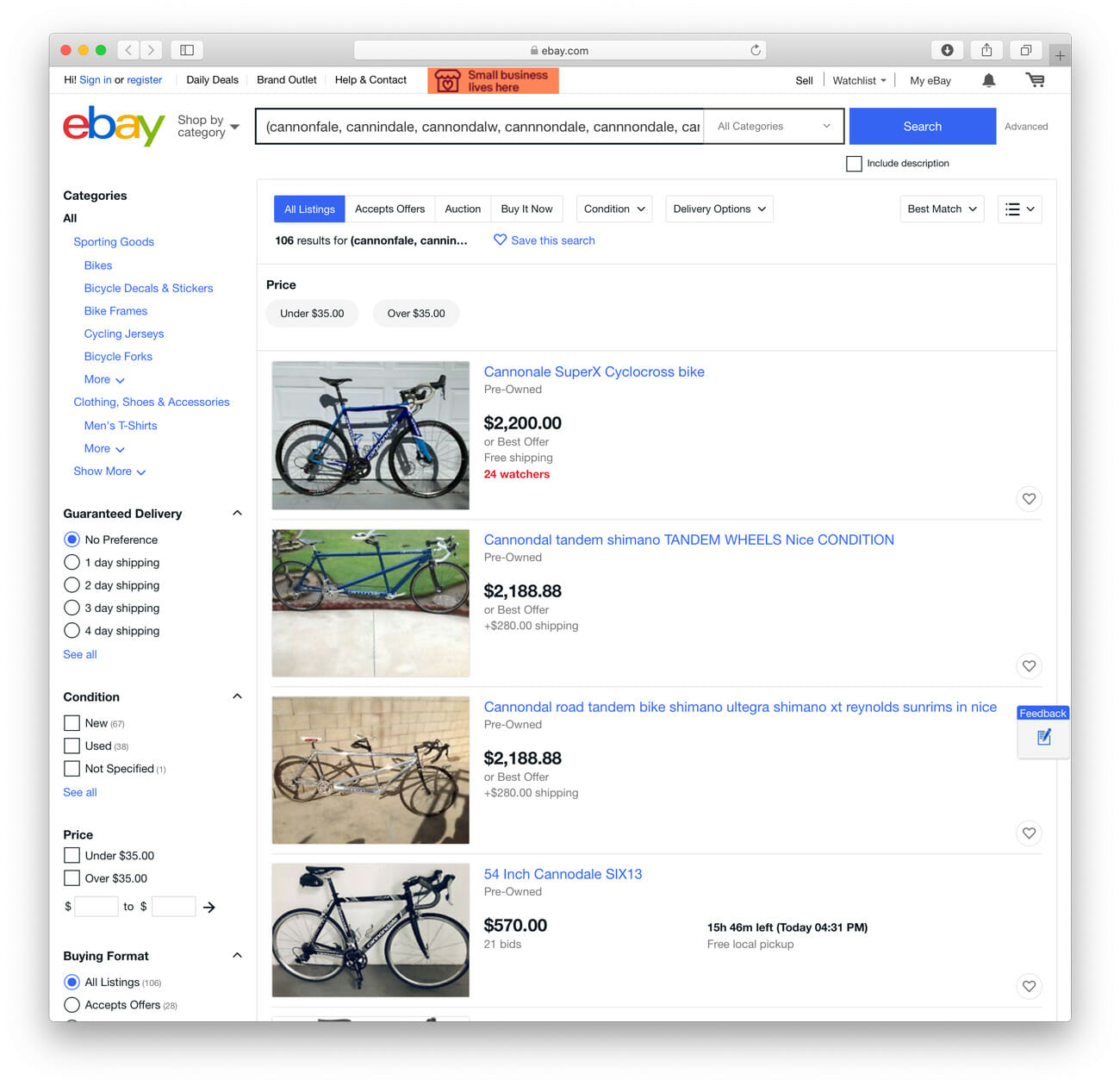Welcome to Further Details, a recurring column where we investigate what purpose an oft-overlooked product element actually serves. This week: a hole in your shoe that’s there for a reason.
There’s a concept in psychology called flashbulb memory that describes how we tend to remember exceptionally vivid experiences. The assassination of JFK and the 9/11 terrorist attacks are regular examples that illustrate flashbulb memories — we all seem to remember precisely where we were when these events occurred. Flashbulb memories don’t have to be traumatic, though, which explains why I recall exactly where I was when I learned how to tie my shoes.
I learned the bunny ears method in the mudroom of the first house I grew up in. Then, once I realized that everyone in my class had graduated beyond bunny ears, a friend taught me the more advanced loop, swoop and pull in his mudroom. (Before picking up these skills, I even remember the principal of my future elementary school telling me that I’d “need to learn how to do that on my own” when I asked her to help tie my shoes during a visit; maybe that experience is linked to trauma though.)
And yet, nobody ever told me what the extra lace eyelets at the top of my sneakers were for. Not when I was five, not when I was twenty-five. To be fair, I never asked. As it’s only present on athletic footwear, I assumed it was there for an extra crisscrossing of the laces, either to take up excess length or to provide an additional band of tightness over the very top of the foot.
A running-addicted colleague recently revealed that the latter guess was partially correct. That extra eyelet is the key to employing a heel lock, also called a lace lock or a runner’s loop. Tied properly, it holds the heel tightly in place, providing support and preventing excess rubbing that might cause blisters.

Using the eyelet to create a heel lock is simple:
1. Lace up your shoes normally.
2. At the top, thread the lace back through the extra eyelet toward the foot. Don’t pull it tight.
3. You should now have a new loop created by the lace on each side. Thread each lace through the opposite loop.
4. Pull the laces tight, cinching the two new loops flush with the shoe’s exterior. Tie your shoes normally.
My colleague has known how to tie a heel lock since her high school track days. She typically ties new shoes this way to provide a snug, secure fit. As will I, flashbulb ignited.




